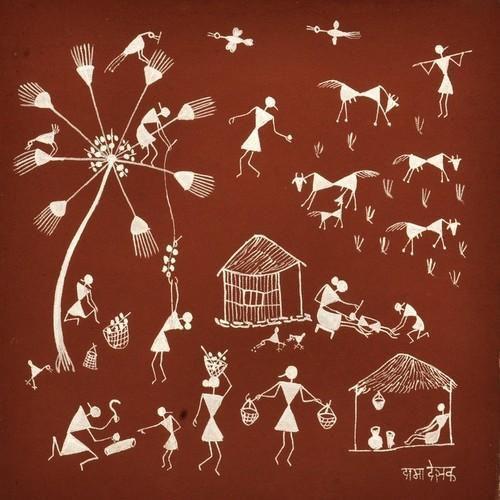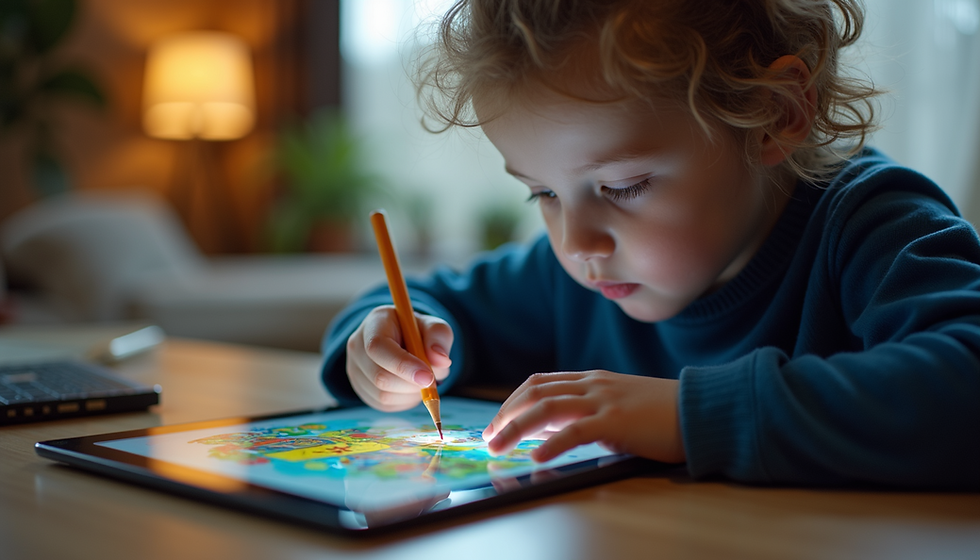Miniature Paintings
- CAMI Info
- Dec 1, 2021
- 4 min read
Updated: Jun 15, 2023
Miniature paintings are created on a very small scale and are usually made of perishable materials such as fabric, paper, leaves, and other natural materials. It is an ancient Indian art form with numerous schools, including those of the Rajputs, Deccans, and Mughals. In this essay, we will discuss the concept, characteristics, and evolution of Indian miniature painting, which would be beneficial for competitive exams such as UPSC prelims, SSC, State Services, NDA, CDS, and Railways, among others.

What are Miniature Paintings?
Miniature paintings, as the name implies, are little, colorful paintings created by hand. The elaborate brushwork is one of the paintings' most notable elements, contributing to their distinct individuality. The paintings' colors are drawn from a variety of natural sources, including vegetables, indigo, precious stones, gold, and silver.
While painters all around the world use their paintings to portray their various themes, the most popular theme in Indian miniature paintings is the Ragas, or a pattern of musical notes, as well as religious and mythical legends. Miniature paintings are miniature paintings done for books or albums. These are done with materials like paper and cloth. Although the Palas of Bengal is credited with inventing miniature paintings in India, the art form reached its peak under the Mughal rule.
History of Miniature Paintings
When the Palas ruled over the eastern region of India around 750 A.D., miniature paintings were born. These paintings became popular once religious teachings of the Buddha were put on palm leaves alongside his portraits. Because these paintings were done on palm leaves, they had to be small in size due to the limited area. The kings of the Chalukya Dynasty imported comparable paintings to the western areas of India around 960 A.D. Miniature paintings depicted religious themes frequently throughout this time period. Miniature paintings began to flourish at a rate never seen before with the emergence of the Mughal Empire.
Indian miniature paintings incorporated elements of Persian style painting to give rise to the Mughal style of painting, thanks to Akbar's passion for art. With the influence of European paintings in the Mughal court, these tiny paintings grew further. Even after the Mughal Empire fell apart, Rajasthan's Rajput rulers continued to support miniature paintings and artists. Rajasthani miniature paintings, however, influenced by the Mughal school of painting, had their own particular characteristics and frequently featured the royal lifestyle and mythical legends of Lord Krishna and Radha. The majority of these miniature paintings showed kings and queens' daily lives as well as their bravery stories. Some of these paintings were also created to highlight individual kings' contributions to their particular subjects and kingdoms.
Attraction of Miniature Paintings
1. Vegetables, minerals, indigo, conch shells, valuable stones, pure gold, and silver are used to create the colours used in this style of painting.
2. Paintings in this style are associated with Ragas, or Indian classical music melodies.
3. Paintings of this style provide insight into the lives of royalty and commoners, the beauty of their womenfolk, and the artists' inspirations and devotions.
How to make miniature paintings?
To begin, these artists first prepare their colors by grinding pigments to achieve the desired shades. Almost all other pigments used in miniature art are ground and rinsed in a specific tool called a "khalva yantra," sometimes known as a mortar furthermore pestle. These pigments are mineral pigments that are difficult to reduce to fine powder, so it takes days and days to convert them to a fine powder. The powder is continually filtered and sentiment to remove all impurities and additions.
The preparation of the painting sheet is the first step in the miniature painting procedure. Painters utilize a specific handmade paper known as "wasli" in certain parts of India for miniature painting. It's manufactured by fusing many layers of sheets derived from rice stalks, bamboo, and other materials specifically developed for this purpose.
After then, it's covered in a single layer of chalk or Asbestos, or "kharia" as it's known locally. The kharia coating ensures that the paper is of a predetermined thickness, which can subsequently be utilized for painting. Brushes come in a variety of shapes and sizes, which painters require for creating small paintings. The larger ones are used for color filling, and the smaller ones are utilized for washes and borders. Another type of brush is the thinnest, which is utilized for the most detailed detailing of a project.
This final category of brushes is made of a specific type of hair, similar to that of a squirrel, and is noted for playing a crucial role in Indian miniature painting. Squirrel hair brushes are actually incredibly delicate; a genuine brush is totally curved, converges completely to form a single point at the tip, and is completely curved. The natural curve of these brushes assists in the consistent drawing of small lines, which is a key characteristic of miniature painting.
Final Thoughts
Although the Mughal Empire is no longer in existence, it left behind artistic values that are still present in India. On the subcontinent, there is a constant passion for Mughal-style gardens, and contemporary work like Raqib Shaw's Garden of Earthly Delights X (2004) revives the miniatures' vivid colours and great detail. The genre's effect is even more widespread than you may think: A fascinating new show at the Getty Museum in Los Angeles examines the remarkable connection between Rembrandt and Mughal miniatures, displaying 22 Rembrandt drawings of Mughal Emperors alongside similar paintings from the empire itself.




Comments